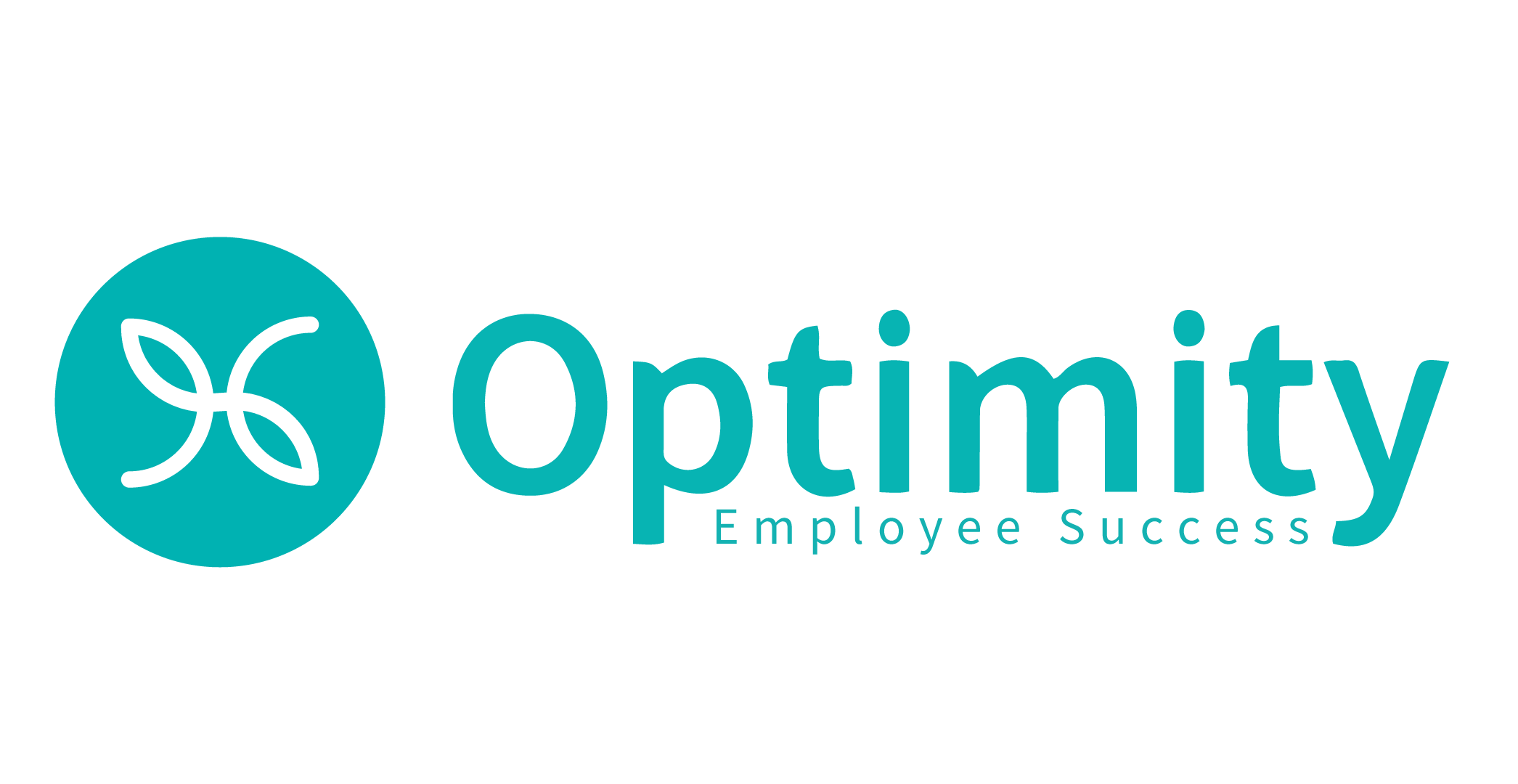TIME STAMP: 5 MINUTE READ It was April 6th, 2007, when Arianna Huffington, President and...
The Trillion Dollar Price Tag on an Unhealthy Workplace
If serious health risks caused by stress, poor diet and lack of exercise aren’t enough to make a case for the dangers of an unhealthy work environment, how about 1.1 trillion dollars?
According to the Milken Institute, studies show that unhealthy workers cost North American employers approximately that much in lost productivity every year. Sure, a job well done often requires sacrifice - extra hours, sometimes skipping meals, rearranging the exercise routine – but at what point does that sacrifice become counterproductive?
An unhealthy workforce is going have repercussions on your business’ bottom line

Unhealthy workers are more likely to suffer from chronic diseases, require prescription medications and seek healthcare, driving up insurance and short-term disability costs. At the office, these workers are typically unable to perform to their full capacity and are 27% more likely to call in sick than their healthier counterparts. No matter how you look at it, an unhealthy workforce is bound to make both productivity & profits suffer.
According to Mayo Clinic Health Institutions, American employees that carry 5 or more health risks (such as poor nutrition, emotional health, safety and weight), incur an extra $3,321.00 above average in annual medical costs per person. They are also 12.2% less productive than employees that carry two health risks or less. Even common, on-the-job pains like headaches & back pain come with a steep price tag - $47 billion in decreased productivity each year. Clearly, unhealthy employees don’t come cheap.

Health initiatives are worth investing in
Considering the numbers, employers stand to gain a lot from investing in wellness programs. Taking a proactive approach to promoting healthy habits will not only improve productivity, financially, it’s simply smart business.
Corporate wellness doesn't have to solely consist of health scans, gym memberships and reimbursements. There are more creative ways of cultivating a healthy office environment.
The goal is create a culture where employees choose to live a healthier lifestyle, rather than being forced to do so. Wellness works best when the experience is a shared one either through communal goals or — taking the opposite approach — pitting employees against each other to create healthy competition. Different people are motivated by different things.

Generally, companies will use the trackers as a motivator as part of a rewards program or company-wide competition. Then, they can use a Optimity dashboard with aggregated data to track steps, calories burned, active minutes, distance, hours of sleep etc.
BP, for example, has run a one million step challenge with Fitbit, where employees who hit the mark over the course of a year are eligible for a more deductible health plan. In one year, 23,000 employees took over 23 billion steps. Another company in the program celebrated the World Cup by challenging teams to walk a distance comparable to that of the company’s HQ to Rio de Janeiro — a total of 5,547 miles, or 4.4 miles (8,804 steps) per member per day.
You can run seasonable challenges, let employees bring their own wearables since Optimity syncs many wearables such as Fitbit, Misfit, Jawbone, Amazifit, Mi Band, etc. and normalizes all their step data to produce an equalized database. This way rewards and team challenges will be perceived with fairness.
The normalized database also powers the Optimity dashboard to produce real-time analytics on the population's behaviours with associated health and business risks.
Client Success managers can help you to make data-driven decisions using the dashboard to drive down your population risk for diabetes, heart disease and depression. Clients such as CST Consultants and Windley Ely are leveraging a cross-sectional team of employee success champions within their organization to boost rewards or change up their program systematically to achieve 80%+ participation! ( See more in our case studies section)
After all, a whole lot of good can be accomplished with a trillion dollars.
_________________________________________________________________________________
Have anything to add to this story? Tell us in the comments.




